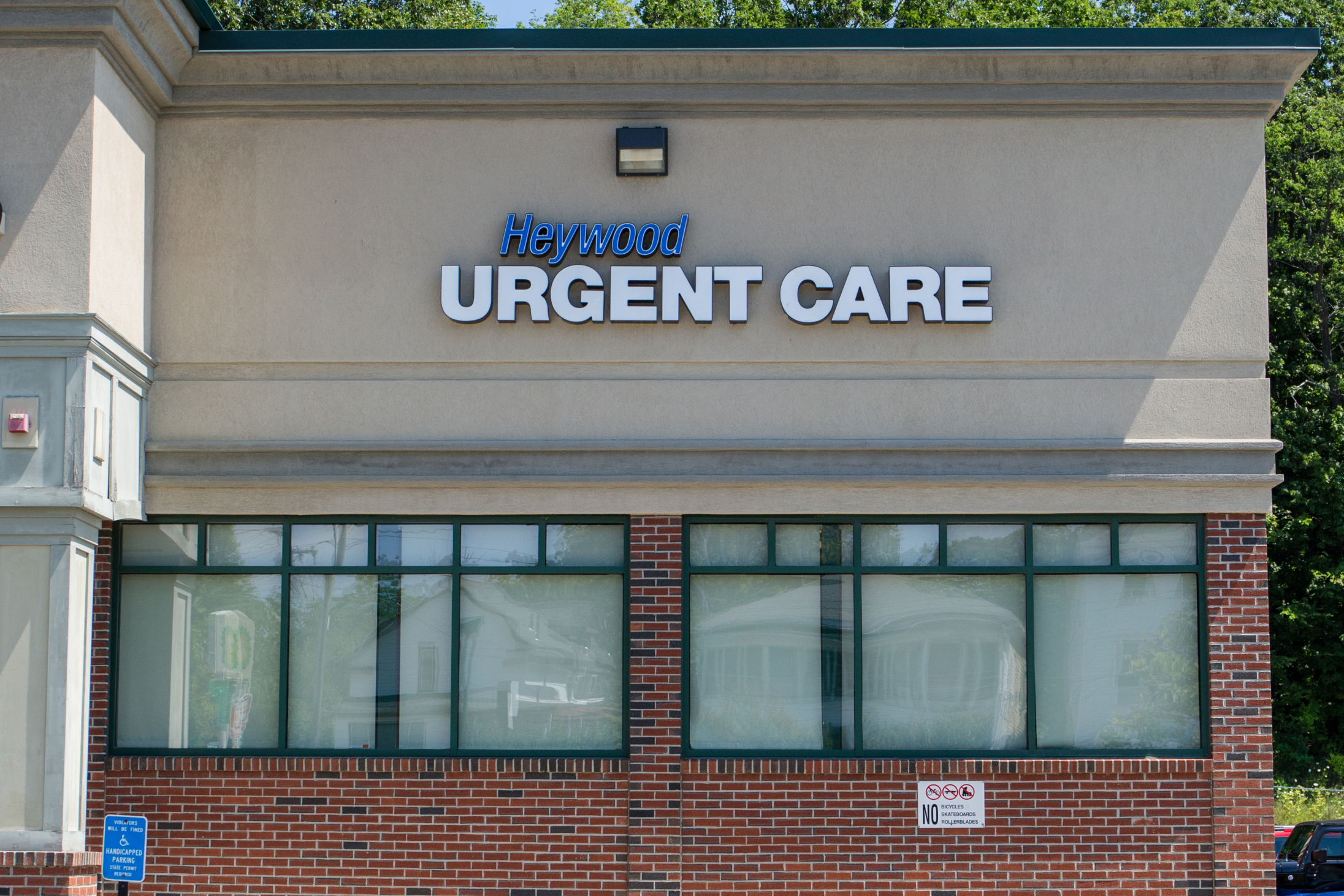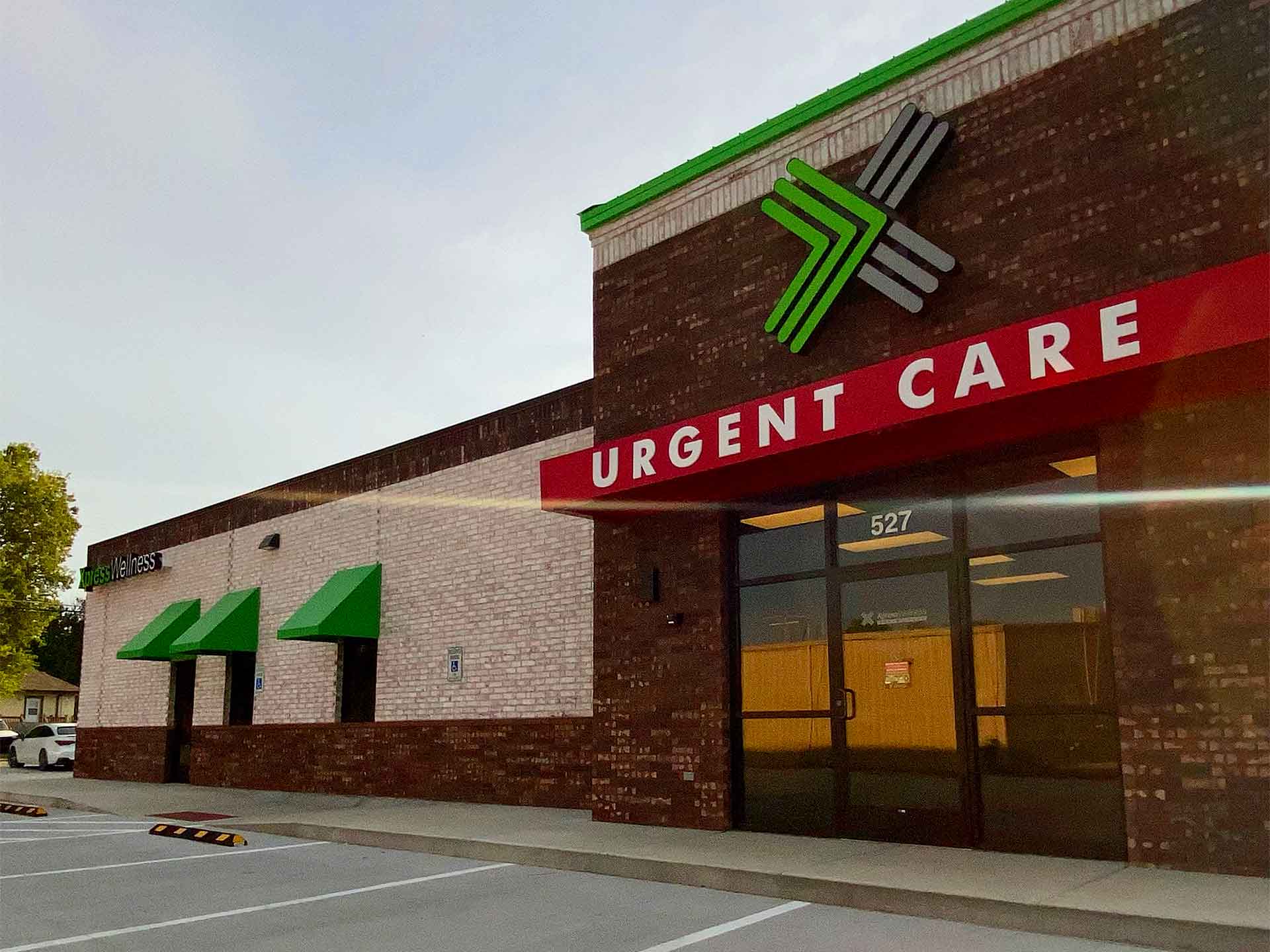The Ultimate Overview to Comprehending Urgent Care Clinics
The Ultimate Overview to Comprehending Urgent Care Clinics
Blog Article
The Value of Urgent Treatment Centers in Bridging the Void In Between Main Treatment and Emergency Providers
Immediate treatment facilities have become an important part of the health care landscape, properly dealing with the essential requirement for prompt medical interest without resorting to emergency situation services. By providing take care of non-life-threatening problems, these centers aid to reduce the problem on emergency rooms and improve client accessibility to prompt therapy. Their expanded hours and varied services cater to a growing populace looking for choices to standard health care. However, the advancing duty of immediate treatment facilities increases essential questions regarding their combination within the more comprehensive medical care system and the ramifications for patient end results and resource appropriation.
Review of Urgent Care Centers
Immediate care centers have come to be a necessary part of the health care distribution system, offering obtainable medical solutions for non-life-threatening conditions. These facilities generally operate outside typical office hours, offering clients an option to emergency situation rooms and main care setups. Individuals seeking immediate care commonly present with issues such as small injuries, infections, or illnesses that need timely attention however do not posture an instant danger to life or limb.
Immediate care facilities are staffed by an array of health care experts, consisting of doctors, registered nurse professionals, and physician assistants, who are equipped to diagnose and treat various medical issues. They usually include diagnostic tools such as X-ray devices and research laboratory services, enabling them to provide detailed care on-site.
The facility of immediate care centers has been influenced by the increasing need for prompt clinical solutions in a hectic culture, where clients may battle to protect consultations with health care service providers. As a result, these facilities intend to minimize blockage in emergency departments, boosting total medical care performance. In addition, immediate care facilities frequently function as a bridge between medical care and emergency situation services, guaranteeing that clients get suitable treatment tailored to their particular clinical needs.

Benefits of Urgent Care Services
Accessing timely medical care is a substantial benefit of urgent treatment services. These centers provide instant attention for non-life-threatening conditions, successfully minimizing delay times compared to conventional emergency departments. Individuals looking for take care of small injuries, ailments, or immediate health worries can acquire treatment without the lengthy hold-ups frequently associated with healthcare facility visits.
One more secret advantage is the prolonged hours of operation. Numerous urgent care centers are open nights and weekends, suiting clients who might not have the ability to visit their medical care carrier during conventional office hours. This versatility makes urgent care an accessible option for those with busy schedules or unexpected health problems.
Additionally, immediate treatment centers usually provide a variety of solutions, consisting of analysis screening, X-rays, and basic lab services. This detailed method allows for quick medical diagnosis and therapy, boosting patient contentment.
In addition, immediate care facilities are generally a lot more affordable than emergency clinic, making them an attractive option for individuals without insurance coverage or those with high-deductible plans. In general, urgent care solutions play an essential role in supplying accessible, timely, and inexpensive treatment.
Comparison With Key Treatment
Typically, people often consider their options between urgent care facilities and main care companies when looking for clinical attention. Both offer vital functions in the healthcare system, yet they vary dramatically in scope, ease of access, and expense.
Primary care companies are generally the very first factor of call for clients, concentrating on long-term health and wellness monitoring, preventive treatment, and persistent illness administration. They provide continuity of care, fostering a patient-provider relationship that permits extensive health and wellness analyses and individualized therapy strategies. Nonetheless, setting up a visit can be taxing, frequently requiring days or weeks beforehand.
On the other hand, immediate care facilities provide prompt look after non-life-threatening problems that call for timely attention, such as small injuries or infections. These facilities typically run beyond traditional office hours, accommodating people who might not have the ability to see their medical care supplier during routine business times. In addition, urgent treatment is typically much more affordable than emergency clinic gos to, making it an appealing alternative for those with minimal healthcare accessibility.
Inevitably, while immediate care centers and health care providers both add to person health, they accommodate distinctive needs, making it critical for individuals to establish which choice best aligns with their situations.
Emergency Situation Providers Communication
The communication between immediate treatment centers and emergency services is a vital aspect of the healthcare landscape, specifically when people face scenarios that may escalate in extent. Urgent care facilities offer as a bridge in between health care and emergency divisions, addressing non-life-threatening conditions that call for instant focus. This collaboration enhances patient outcomes and enhances source appropriation within the medical care system.
When individuals provide with urgent yet not dangerous problems, immediate care facilities can effectively handle their requirements, minimizing blockage in emergency clinic. Facilities go right here furnished with analysis abilities can facilitate timely recommendations to emergency services when a client's condition goes beyond the range of urgent care therapy. This seamless interaction assists make certain that people receive the proper degree of care without unnecessary delays.
Furthermore, effective communication between immediate treatment service providers and emergency situation services is vital. Sharing person info and therapy backgrounds fosters coordinated care, lessening the danger of repetitive examinations and procedures. As health care proceeds to progress, the vibrant connection between immediate treatment centers and emergency solutions will certainly play a pivotal function in improving person care performance, satisfaction, and general wellness outcomes within the neighborhood.
Future of Urgent Care Facilities
As medical care needs evolve, the future of immediate care facilities is poised to become progressively essential to the total clinical ecological community (Urgent Care). These centers are most likely to broaden their duties by incorporating innovative innovations, such as telemedicine, expert system, and electronic health record combination. This will improve individual gain access to and streamline treatment coordination in between immediate treatment, main care, and emergency services
Moreover, immediate treatment facilities are expected to expand their solution offerings to include preventive treatment and persistent illness monitoring. This change will certainly place them as vital parts in handling population wellness, lowering the worry on emergency divisions, and dealing with spaces in main treatment schedule.
The expanding pattern of value-based care will additionally increase the change of urgent care centers, prompting them to concentrate on client outcomes and complete satisfaction. Facilities might additionally embrace joint technique models, functioning carefully with specialists and medical care suppliers to guarantee comprehensive person management.
Final Thought
In verdict, urgent treatment centers serve a vital function in the medical care system by supplying prompt accessibility to therapy for non-life-threatening problems, properly easing pressure on emergency services. Their expanded hours and varied variety of solutions improve individual comfort and contentment, while also making sure ideal treatment delivery. As health care needs remain to advance, the role of immediate treatment centers will likely become increasingly considerable, more connecting the space in between key care and emergency situation services.
The facility of immediate treatment facilities has actually been affected by the boosting demand for prompt clinical services in a fast-paced culture, where individuals may battle to protect consultations with main treatment providers. Additionally, immediate care facilities commonly offer as a bridge in between key treatment and emergency situation services, making certain that individuals get ideal treatment tailored to their particular medical demands.
Several urgent care centers this content are open evenings and weekends, suiting patients who might not be able to visit their main treatment supplier throughout typical workplace hours (Urgent Care). As health care continues to progress, the vibrant connection between immediate care facilities and emergency services will certainly play a pivotal role in improving client treatment efficiency, satisfaction, and general health and wellness outcomes within the area

Report this page